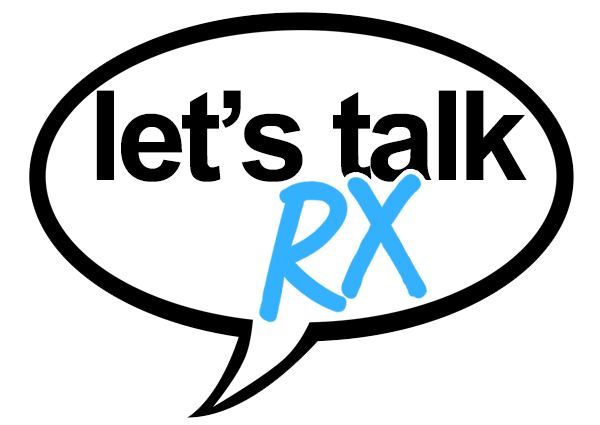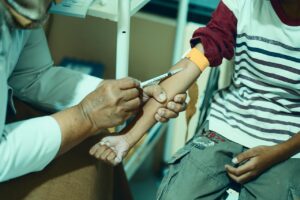For more than two decades, measles was considered eliminated in the United States. But if current trends continue, that could change—dramatically.
A new study published in JAMA projects that measles could once again become endemic in the U.S., with as many as 51 million cases expected over the next 25 years. The key driver? Declining measles vaccine rates among children.
A Preventable Disease Resurfaces
Once known as a childhood rite of passage, measles was largely wiped out in the U.S. by the year 2000, thanks to widespread use of the MMR (measles, mumps, and rubella) vaccine. The vaccine is highly effective, and when a high enough percentage of the population is immunized, outbreaks become extremely rare—a phenomenon known as herd immunity.
But measles is one of the most contagious viruses on Earth. If vaccination coverage dips even slightly below the required threshold, outbreaks can return quickly and with force.
That’s exactly what we’re seeing now. More than 900 measles cases have been reported in the U.S. so far this year—more than in any year since 2019. Most cases have been linked to a single outbreak in West Texas, where vaccination rates are particularly low. Tragically, three people have died: two children and one adult, all unvaccinated.
What the Model Predicts
The new study was conducted by researchers from Stanford, Baylor, Rice, and Texas A&M. It used real-world vaccination data from 2004 to 2023 to model several potential futures.
Right now, state-by-state MMR vaccination rates range from about 88% to 96%. While that might sound reassuring, experts say 95% is the minimum needed to prevent measles outbreaks. In the 2023–24 school year, the national average for kindergarteners fell to just 92.7%.
At current levels, the model shows that measles will become endemic again—meaning the virus would regularly circulate inside U.S. communities, just like it did before the vaccine was introduced.
Here’s what the study found under different scenarios:
- If vaccination rates stay the same:
The U.S. will see 11.1 million measles cases over 25 years. - If rates improve by just 5%:
Measles could be reduced to only 5,800 cases nationwide over the same period. - If rates decline by 50%:
The country could see 51.2 million measles cases, along with millions of cases of rubella, polio, and diphtheria—and more than 150,000 deaths.
Why the Drop in Vaccination?
The decline in measles vaccine rates is part of a broader trend that began during the Covid-19 pandemic. Routine well-child visits were delayed or missed, and vaccine misinformation surged. While many families eventually caught up, some haven’t—and others are choosing to opt out altogether.
Public health officials have warned for years that this trend could have serious consequences. Measles isn’t just a harmless rash—it can lead to pneumonia, brain swelling, lifelong disability, and death.
The disease is especially dangerous for infants, immunocompromised individuals, and people who cannot receive vaccines for medical reasons. That’s why herd immunity is so critical—it protects the most vulnerable among us.
The Stakes Are Rising
One of the study’s most sobering findings is just how quickly the balance can tip. A relatively small change in measles vaccine rates can lead to vastly different outcomes.
The U.S. has been here before. The pre-vaccine era saw hundreds of thousands of measles cases each year, with thousands of hospitalizations and hundreds of deaths. Thanks to the MMR vaccine, those numbers dropped to nearly zero.
Letting those gains slip away would be a public health tragedy—especially when the solution is so clear and accessible.
What You Can Do
If you’re a parent, the most effective step you can take is to ensure your children receive both recommended doses of the MMR vaccine. Most kids get their first dose between 12 and 15 months of age and a second between 4 and 6 years old.
If you’re unsure about your or your child’s vaccination status, talk to your doctor or local health department. Many clinics offer low-cost or free immunizations, and some schools and community organizations host regular vaccine clinics.
And if you’re a trusted voice in your community—whether online, at work, or in a parent group—your words matter. Sharing accurate information and calmly countering myths about vaccine safety can go a long way.








